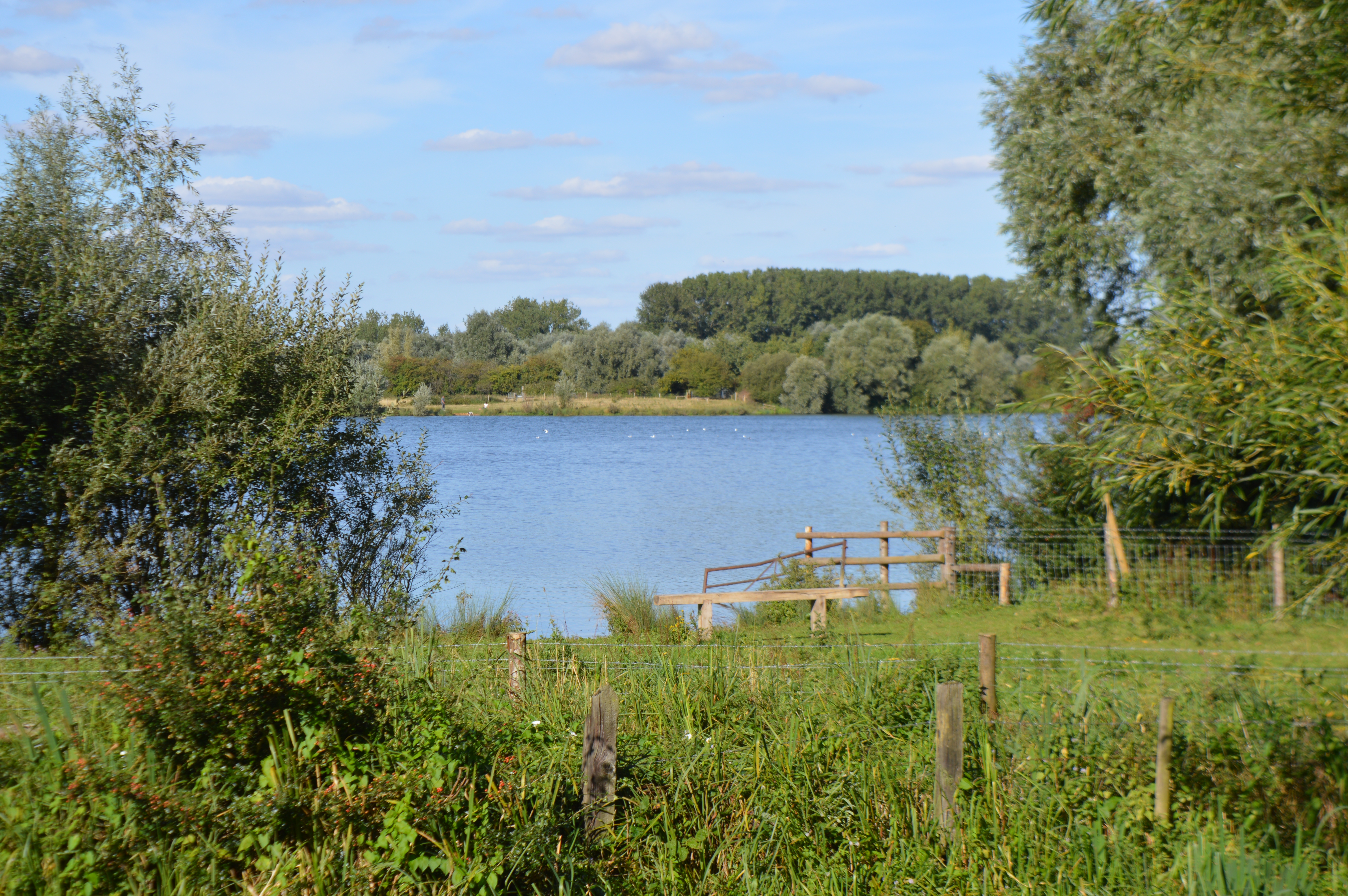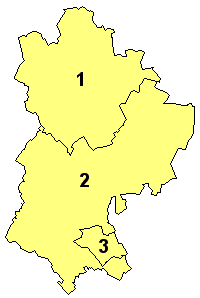|
Pavenham
Pavenham is a small village and civil parish on the River Great Ouse in the Borough of Bedford in Bedfordshire, England, about north-west of Bedford. Village amenities consist of St Peter's Church, a pub, Village hall, tennis Club, Cricket Club and golf club. The village is home to many clubs and societies including an active WI. The village has two nature reserves, Stevington Marsh, a Site of Special Scientific Interest, and Pavenham Osier Beds, which is managed by the Wildlife Trust for Bedfordshire, Cambridgeshire and Northamptonshire. Timeline 1086: Domesday Book identifies Pavenham in the ancient hundred 100 or one hundred (Roman numeral: C) is the natural number following 99 and preceding 101. In medieval contexts, it may be described as the short hundred or five score in order to differentiate the English and Germanic use of "hundred" to des ... of Buckelowe [...More Info...] [...Related Items...] OR: [Wikipedia] [Google] [Baidu] |
Church Of St Peter, Pavenham
{{England-church-stub ...
Church of St Peter is a Grade I listed church in Pavenham, Bedfordshire, England. It became a listed building on 13 July 1964. The church has some good examples of 14th-century canopied work. The carved panelling and rich woodwork is mainly of Jacobean date; it was installed in the 19th century by Thomas Abbot Green of Pavenham Bury.Betjeman, J. (ed.) (1968) ''Collins Pocket Guide to English Parish Churches: the South''. London: Collins; p. 105 See also *Grade I listed buildings in Bedfordshire References Church of England church buildings in Bedfordshire Grade I listed churches in Bedfordshire Peter Peter may refer to: People * List of people named Peter, a list of people and fictional characters with the given name * Peter (given name) ** Saint Peter (died 60s), apostle of Jesus, leader of the early Christian Church * Peter (surname), a su ... [...More Info...] [...Related Items...] OR: [Wikipedia] [Google] [Baidu] |
Wildlife Trust For Bedfordshire, Cambridgeshire And Northamptonshire
The Wildlife Trust for Bedfordshire, Cambridgeshire and Northamptonshire (WTBCN) is a registered charity which manages 126 nature reserves covering . It has over 35,000 members, and 95% of people in Bedfordshire, Cambridgeshire and Northamptonshire live within five miles of a reserve. In the year to 31 March 2016 it employed 105 people and had an income of £5.1 million. It aims to conserve wildlife, inspire people to take action for wildlife, offer advice and share knowledge. The WTBCN is one of 36 wildlife trusts covering England, and 46 covering the whole of the United Kingdom. In 1912 Charles Rothschild formed the Society for the Promotion of Nature Reserves to protect sites considered "worthy of preservation". The society worked to secure statutory protection, and this began with the National Parks and Access to the Countryside Act 1949. In 1959 the society took on a coordinating role for local wildlife trusts, which covered the whole of Britain and Northern Ireland by 1 ... [...More Info...] [...Related Items...] OR: [Wikipedia] [Google] [Baidu] |
Pavenham Osier Beds
Pavenham Osier Beds is a 1.3 hectare nature reserve south of Pavenham, on the banks of the River Great Ouse, in Bedfordshire. It is managed by the Wildlife Trust for Bedfordshire, Cambridgeshire and Northamptonshire. This is a wet meadow next to the River Great Ouse, which has the uncommon flower meadow-rue. Osier is a type of willow which is continually cut, stimulating its growth and supplying material for basket weavers. The Trust is continuing the tradition by planting more osiers. An osier bed is an area where willows were formerly planted and coppiced to produce withies which were used for basket making, fish-traps, and other purposes. The willow species ''salix viminalis ''Salix viminalis'', the basket willow, common osier or osier, is a species of willow native to Europe, Western Asia, and the Himalayas.Meikle, R. D. (1984). ''Willows and Poplars of Great Britain and Ireland''. BSBI Handbook No. 4. .Rushforth, K ...'' was typically grown for this purpose. Willow rods ( ... [...More Info...] [...Related Items...] OR: [Wikipedia] [Google] [Baidu] |
Stevington Marsh
Stevington Marsh is a biological Site of Special Scientific Interest in Pavenham in Bedfordshire. It was notified in 1987 under Section 28 of the Wildlife and Countryside Act 1981, and the local planning authority is Bedford Borough Council. The site is marshland along the banks of the River Great Ouse The River Great Ouse () is a river in England, the longest of several British rivers called "Ouse". From Syresham in Northamptonshire, the Great Ouse flows through Buckinghamshire, Bedfordshire, Cambridgeshire and Norfolk to drain into the W .... The river, marshes and pastures form varied habitats. The marshes are floristically rich, with the largest one being dominated by great horsetail. The wetland communities and Jurassic limestone grassland are rare habitats in eastern England. There is access by a footpath from Mill Lane. References {{coord, 52.183159, -0.564389, type:landmark_region:GB-BNE, display=title Sites of Special Scientific Interest in Bedfordshire P ... [...More Info...] [...Related Items...] OR: [Wikipedia] [Google] [Baidu] |
Borough Of Bedford
The Borough of Bedford is a unitary authority area with borough status in the ceremonial county of Bedfordshire, England. Its council is based in Bedford, its namesake and principal settlement, which is the county town of Bedfordshire. The borough contains one large urban area, the 71st largest in the United Kingdom that comprises Bedford and the adjacent town of Kempston, surrounded by a rural area with many villages. 75% of the borough's population live in the Bedford Urban Area and the five large villages which surround it, which makes up slightly less than 6% of the total land area of the Borough. The borough is also the location of the Wixams new town development, which received its first residents in 2009. Formation The ancient borough of Bedford was a borough by prescription, with its original date of incorporation unknown. The earliest surviving charter was issued c. 1166 by Henry II, confirming to the borough the liberties and customs which it had held in the reig ... [...More Info...] [...Related Items...] OR: [Wikipedia] [Google] [Baidu] |
Civil Parishes In Bedfordshire
A civil parish is a country subdivision, forming the lowest unit of local government in England. There are 125 civil parishes in the ceremonial county of Bedfordshire, most of the county being parished: Luton is completely unparished; Central Bedfordshire is entirely parished. At the 2001 census, there were 312,301 people living in the 125 parishes, which accounted for 55.2 per cent of the county's population. History Parishes arose from Church of England divisions, and were originally purely ecclesiastical divisions. Over time they acquired civil administration powers.Angus Winchester, 2000, ''Discovering Parish Boundaries''. Shire Publications. Princes Risborough, 96 pages The Highways Act 1555 made parishes responsible for the upkeep of roads. Every adult inhabitant of the parish was obliged to work four days a year on the roads, providing their own tools, carts and horses; the work was overseen by an unpaid local appointee, the ''Surveyor of Highways''. The poor were loo ... [...More Info...] [...Related Items...] OR: [Wikipedia] [Google] [Baidu] |
Public House
A pub (short for public house) is a kind of drinking establishment which is licensed to serve alcoholic drinks for consumption on the premises. The term ''public house'' first appeared in the United Kingdom in late 17th century, and was used to differentiate private houses from those which were, quite literally, open to the public as "alehouses", " taverns" and " inns". By Georgian times, the term had become common parlance, although taverns, as a distinct establishment, had largely ceased to exist by the beginning of the 19th century. Today, there is no strict definition, but CAMRA states a pub has four characteristics:GLA Economics, Closing time: London's public houses, 2017 # is open to the public without membership or residency # serves draught beer or cider without requiring food be consumed # has at least one indoor area not laid out for meals # allows drinks to be bought at a bar (i.e., not only table service) The history of pubs can be traced to Roman taverns ... [...More Info...] [...Related Items...] OR: [Wikipedia] [Google] [Baidu] |
Women's Institutes
The Women's Institute (WI) is a community-based organisation for women in the United Kingdom, Canada, South Africa and New Zealand. The movement was founded in Stoney Creek, Ontario, Canada, by Erland and Janet Lee with Adelaide Hoodless being the first speaker in 1897. It was based on the British concept of Women's Guilds, created by Rev Archibald Charteris in 1887 and originally confined to the Church of Scotland. From Canada the organisation spread back to the United Kingdom, motherland, throughout the British Empire and Commonwealth of Nations, Commonwealth, and thence to other countries. Many WIs belong to the Associated Country Women of the World organization. History The WI movement began at Stoney Creek, Ontario in Canada in 1897 when Adelaide Hoodless addressed a meeting for the wives of members of the Farmers Institute, Farmers' Institute. WIs quickly spread throughout Ontario and Canada, with 130 branches launched by 1905 in Ontario alone, and the groups flourish in the ... [...More Info...] [...Related Items...] OR: [Wikipedia] [Google] [Baidu] |
Bedfordshire
Bedfordshire (; abbreviated Beds) is a ceremonial county in the East of England. The county has been administered by three unitary authorities, Borough of Bedford, Central Bedfordshire and Borough of Luton, since Bedfordshire County Council was abolished in 2009. Bedfordshire is bordered by Cambridgeshire to the east and north-east, Northamptonshire to the north, Buckinghamshire to the west and Hertfordshire to the south-east and south. It is the fourteenth most densely populated county of England, with over half the population of the county living in the two largest built-up areas: Luton (258,018) and Bedford (106,940). The highest elevation point is on Dunstable Downs in the Chilterns. History The first recorded use of the name in 1011 was "Bedanfordscir," meaning the shire or county of Bedford, which itself means "Beda's ford" (river crossing). Bedfordshire was historically divided into nine hundreds: Barford, Biggleswade, Clifton, Flitt, Manshead, Redborne ... [...More Info...] [...Related Items...] OR: [Wikipedia] [Google] [Baidu] |
Site Of Special Scientific Interest
A Site of Special Scientific Interest (SSSI) in Great Britain or an Area of Special Scientific Interest (ASSI) in the Isle of Man and Northern Ireland is a conservation designation denoting a protected area in the United Kingdom and Isle of Man. SSSI/ASSIs are the basic building block of site-based nature conservation legislation and most other legal nature/geological conservation designations in the United Kingdom are based upon them, including national nature reserves, Ramsar sites, Special Protection Areas, and Special Areas of Conservation. The acronym "SSSI" is often pronounced "triple-S I". Selection and conservation Sites notified for their biological interest are known as Biological SSSIs (or ASSIs), and those notified for geological or physiographic interest are Geological SSSIs (or ASSIs). Sites may be divided into management units, with some areas including units that are noted for both biological and geological interest. Biological Biological SSSI/A ... [...More Info...] [...Related Items...] OR: [Wikipedia] [Google] [Baidu] |




